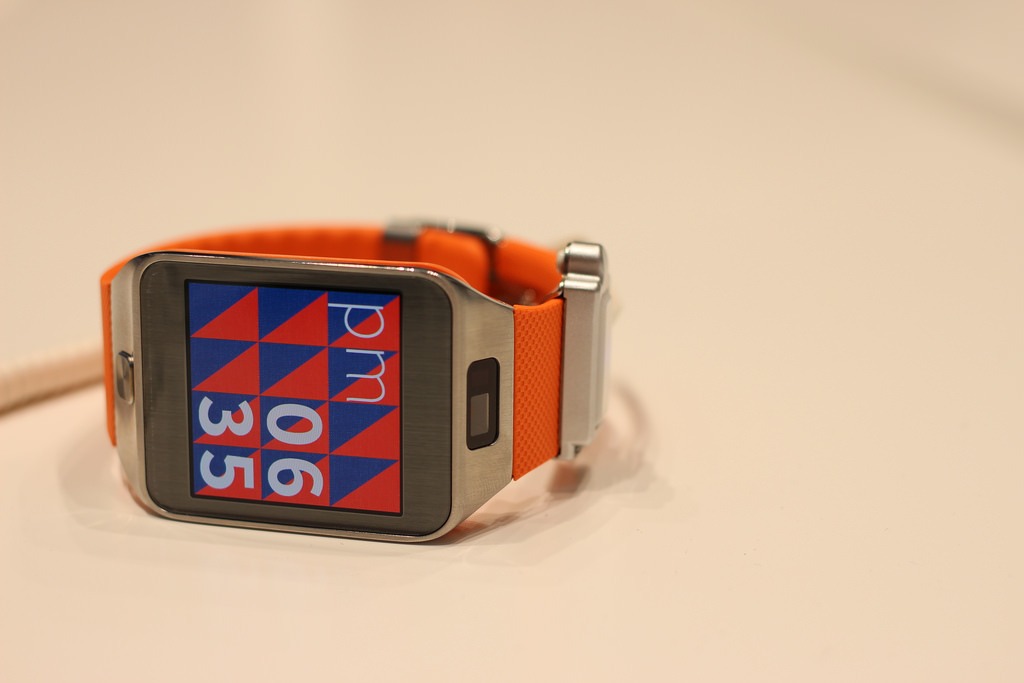Ad tech for wearables is dubbed the ‘third wave of digital advertising’, and rightly so: advertisers are set to spend $68.6 million by 2019 on smartwatch ads by 2019, up from an estimated $1.5 million this year. It’s a good bet – people are buying wearables, and the smartwatch – like the Apple Watch – might become the most frequently chosen smart device. Yet, there are many barriers of entry for advertisers: you just can’t push TV or web ads anymore. Thankfully, we know how to deal with the new medium.
1. Keep it short and sweet
A potential customer will likely only glance at a smartwatch for a couple of seconds. Wearables are designed for rapid interaction, so you’ll need to familiarize yourself with “glanceable marketing” – succinct, attractive ads designed to grab a potential customer’s attention practically immediately. There is no way ‘old’ mobile advertising is going to work with a stamp-sized (OK, it’s a big stamp) format, there’s only so many words you can fit onto a smartwatch screen, so make sure they’re the right words.
2. Keep it personal
An advertising message should aim to deliver a service – or product – when it’s needed. Geo-targeting is your keyword – you know where your customer is, so you base your ad on location. Plus, the smartwatch is an intimate device: so make use of all that Quantified Self data wearable technology is collecting – a bad night’s sleep: how about a coffee? Here’s a coupon. We see your running activity is up suddenly: here’s a native article warning against running injuries. What’s more, many smartwatches are still linked to other devices. Think creatively – gaining a deep insight into cross-device usage can be an added bonus.
3. Keep testing – and don’t be afraid to ask
Carry out plenty of A/B tests and see what works better. It’s up to the users to determine whether the ads work or not, and conversion is king. Make a few versions, brainstorm ideas, and don’t be discouraged. It’s a new channel. It isn’t enough to transfer existing campaigns to the smartwatch. It’s likely you’ll need some help from the outside. Many specialized software companies are very aware of this new trend in advertising and offer personalized ad tech solutions.
4. Keep the options in mind
- Coupons – money-saving is generally a good idea, but make sure customers can opt out
- Native ads – as long as you’re selective, and tailor them to the right customers
- Search marketing – searches are always a mine of information
- Short videos – the circumstances are limited, but it’s possible: like showing a movie trailer when a person focuses on a poster for a long time
- Push notifications – this is why mobile apps are the key to the smartwatch market, but this is difficult ground – if notifications are obnoxious, the app will be uninstalled
5. Keep privacy in mind
Of course, marketers are rubbing their hands together in joy – tapping into all that personal information can provide so many opportunities to match ads to particular consumers. On the other hand, there are privacy concerns that need – and eventually will – be addressed, and certain behaviors might be curbed. The key issue is, well, not to be annoying. Your potential customer can turn into a brand hater if you bombard him or her with unwanted ads. Think more convenience, less marketing.
In a nutshell – advertisers will greatly benefit from smartwatch marketing, but they need to understand the context. Built-in health and GPS technology can be a blessing in helping advertisers figure out what users might want – right now, the app ecosystem will reign, and knowledge of ad tech plus great app development are the key to smartwatch success. Getting through the tricky parts will be worth it in the end, because not many things get you closer to the customers than the smartwatch.
author: Natalia Brzozowska










